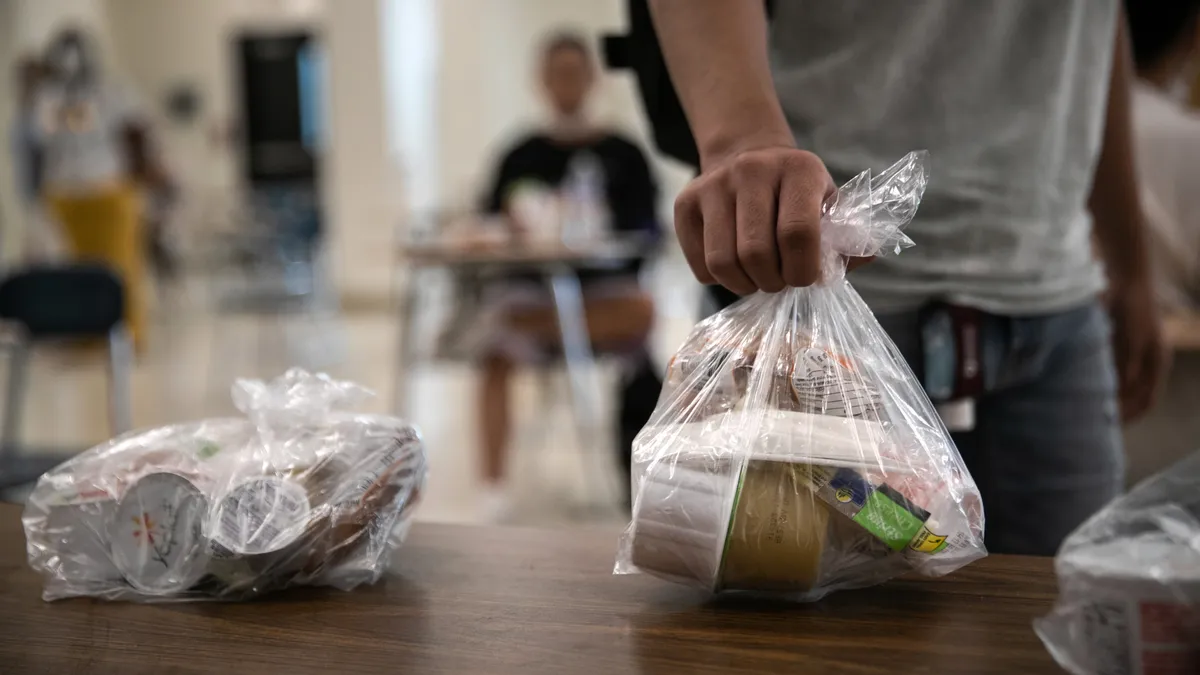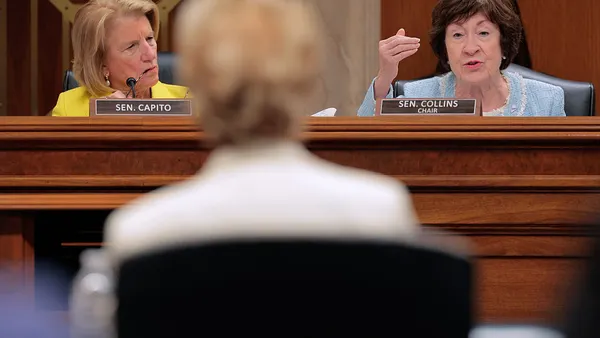Though pandemic-era universal school meal waivers expired June 30, the policy’s impact on the nation’s children is still being analyzed.
Recently released data from the U.S. Department of Agriculture Economic Research Service shows food insecurity rates among children across race and ethnicity dropped between 2020 and 2021 during the COVID-19 pandemic.
“We know that matters would be far worse if not for the federal nutrition programs and the critical additional investments that were made to combat hunger during the pandemic,” said Luis Guardia, president of the Food Research & Action Center, in a statement. “The free school meals offered to all children, no matter their household income, also were a game-changer for stretching family budgets while fueling children’s health and learning.”
Child nutrition advocates are still urging the continuation of universal school meals, and efforts to adopt similar policies have begun on a state-by-state basis. Additionally, an independent task force recently recommended universal school meals be implemented again, just as the White House Conference on Hunger, Nutrition, and Health is set to take place Sept. 28.
Even so, student participation in school meals appears to have decreased under the universal meal program, according to preliminary data from the USDA’s Food and Nutrition Service. During the first full year of the pandemic from March 2020 to February 2021, schools served 2.2 billion fewer meals compared to the year before, causing a $2.3 billion loss in federal revenue, according to the School Nutrition Association. A February report on school meals by FRAC attributed this decreased participation rate during the pandemic to staffing limitations, additional transportation needs, limited access to meal sites during remote learning days and extreme supply chain disruptions.
A closer look at the latest USDA research provides a glimpse of the universal school meals program’s impact on students nationwide.







 Dive Awards
Dive Awards






